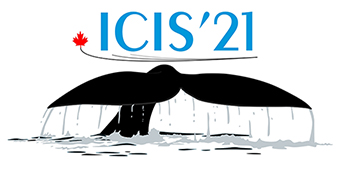Speaker
Description
The CERN ALPHA experiment makes precision measurements of antihydrogen atoms, confined in a superconducting magnetic minimum trap. Recent measurements of the antihydrogen spectrum have already provided high-resolution tests of fundamental symmetries, and ALPHA has now embarked on an ambitious upgrade programme aimed at directly comparing both hydrogen and antihydrogen within their existing atom trap. Key to this upgrade will be the addition of a low energy (~50 eV) hydrogen ion source that is compatible with ALPHA’s charged particle beamlines. PELLIS, previously developed at JYFL, is a 5 keV filament-driven source that generates H– beams with low emittances and currents of up to 50 $\mu$A. Here, we describe a 2.2m long electrostatic beamline to transport H– ions from a PELLIS-type ion source into ALPHA’s various particle traps. We present SIMION simulations that were used to develop the beamline, focusing on components such as a quadrupole switchyard and drift tube deceleration stage.
